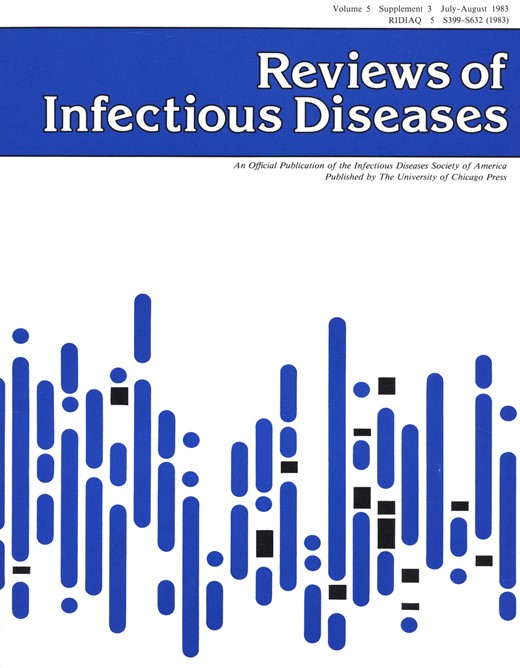-
Views
-
Cite
Cite
P. Sensi, History of the Development of Rifampin, Reviews of Infectious Diseases, Volume 5, Issue Supplement_3, July-August 1983, Pages S402–S406, https://doi.org/10.1093/clinids/5.Supplement_3.S402
Close - Share Icon Share
Abstract
Rifampin was developed in the Dow-Lepetit Research Laboratories (Milan, Italy) as part of an extensive program of chemical modification of the rifamycins, the natural metabolites of Nocardia mediterranei. One peculiar fact was that all of the studies leading to highly active derivatives were performed on a molecule (rifamycin B) that was itself practically inactive. The first chemical modifications led to the discovery of rifamycin SV, which was introduced in some countries for the parenteral and topical treatment of infections due to gram-positive bacteria and infections of the biliary tract. Systematic structural modifications of most of the functional groups of the rifamycin molecule were performed with the objective of finding a derivative that was active when administered orally. The understanding of structure-activity relations in the rifamycins led to the synthesis of several hydrazones of 3-formylrifamycin SV. Among them, the hydrazone with N-amino-N'-methylpiperazine (rifampin) was the most active in the oral treatment of infections in animals and, after successful clinical trials, was introduced into therapeutic use in 1968. In the intervening years, a large number of clinical and biologic studies have confirmed the important role of rifampin in therapy for tuberculosis and other selected infectious diseases.







Comments